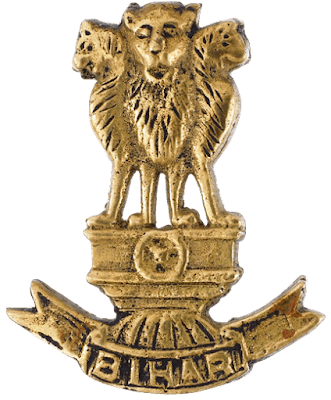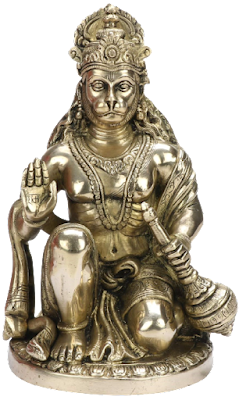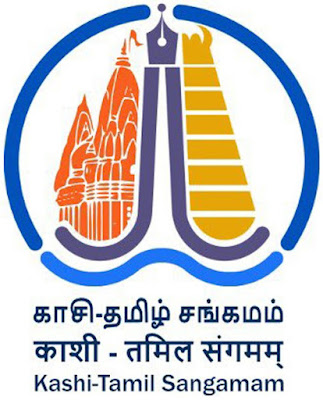IIFL FINANCE LIMITED

IIFL FINANCE LIMITED IIFL Finance Limited also referred to as IIFL, is one of the leading players in the financial services space in India. Together with its subsidiaries – IIFL Home Finance Limited, IIFL Samasta Finance Limited (Formerly known as Samasta Microfinance Limited) and IIFL Open Fintech Private Limited, it provides a diverse range of loans and mortgages. These include home loans, gold loans, business loans including loans against property and medium and small enterprise financing, micro finance, developer and construction finance and capital market finance; catering to both retail and corporate clients. The emblem of IIFL is a pictorial in orange and a wordmark of its name in blue. The pictorial is Sri Yantra, which is the nine interlocked triangles that surround and radiate from the centre (bindu) symbolises the highest, the invisible and elusive core from which the entire figures and cosmos expand. The brand represents a cosmos in itself, where two
%20Varanasi.png)




